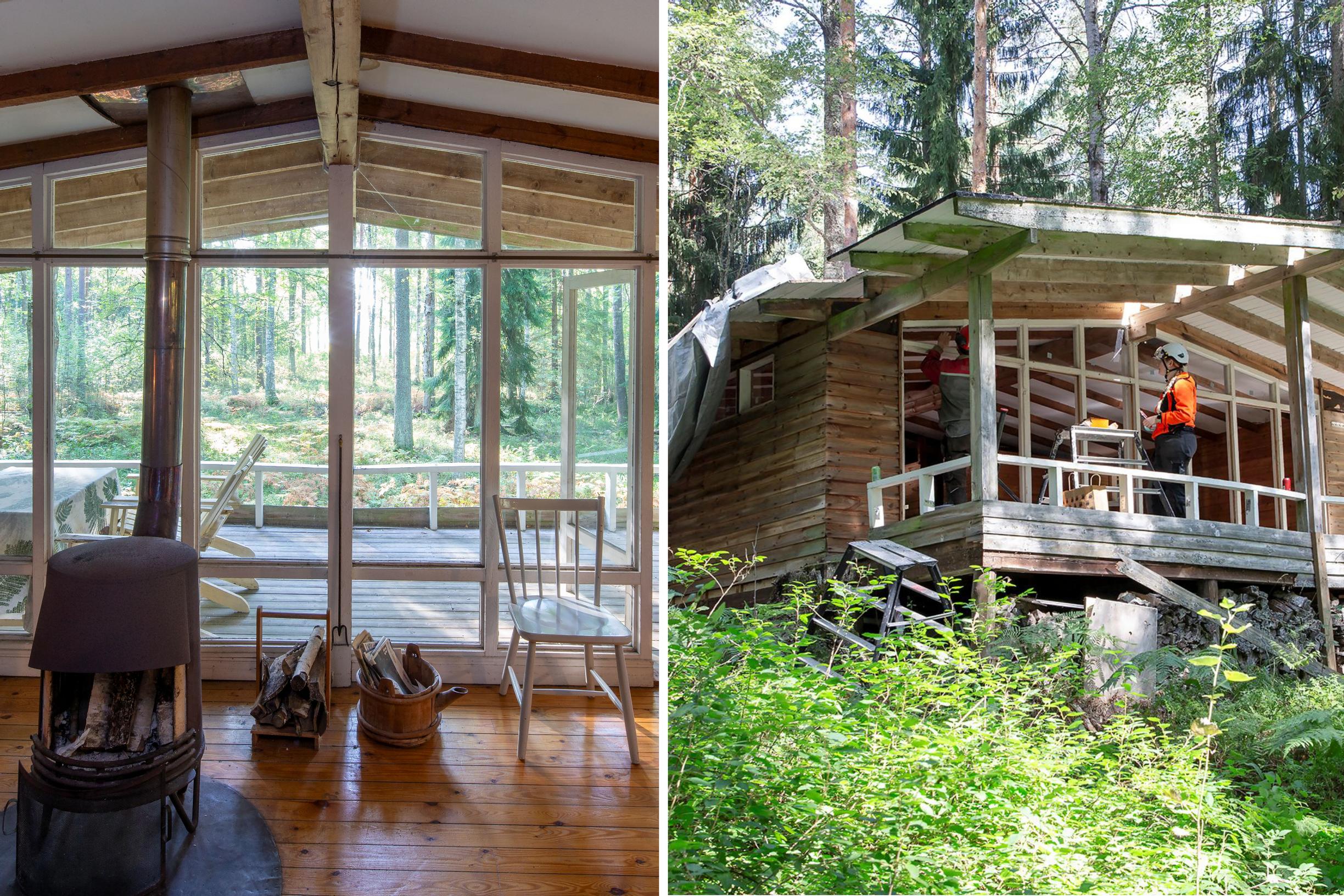
Step inside a 1950s cottage relocated to Seurasaari, where the floors squeak and the radio still plays the marine forecast
A new museum building will open at Helsinki’s Seurasaari Open-Air Museum in summer 2026: a 1953 summer cottage designed by Erkki Koiso-Kanttila for his family, where the authentic atmosphere—even its scent—has been preserved.
Something is happening at the tip of the Seurasaari peninsula, Helsinki. Among the pines stands a cube wrapped in white protective fabric, and the sounds of hammering and sawing echo from within. The stud-framed cottage, relocated from the town of Hyvinkää in Southern Finland, is being assembled to appear just as it did in its original setting, both inside and out.
In summer 2021, they launched an open call to find a cottage, and in June 2026, the chosen one will open to the public. Readers of the Finnish cottage-themed magazine Meidän Mökki also weighed in with their favorites for the open-air museum’s new feature, and they agreed that Erkki Koiso-Kanttila’s 1953 design for his family was the best choice.
The cottage spans 41 square meters (441 sq ft) of indoor space, including a living room, a small kitchen nook, and a sleeping alcove. It also features a 13-square-meter (140 sq ft) porch that runs the cottage’s entire width. In Helsinki’s Seurasaari, this porch now faces the sea instead of Vähä-Kiljava’s forest.
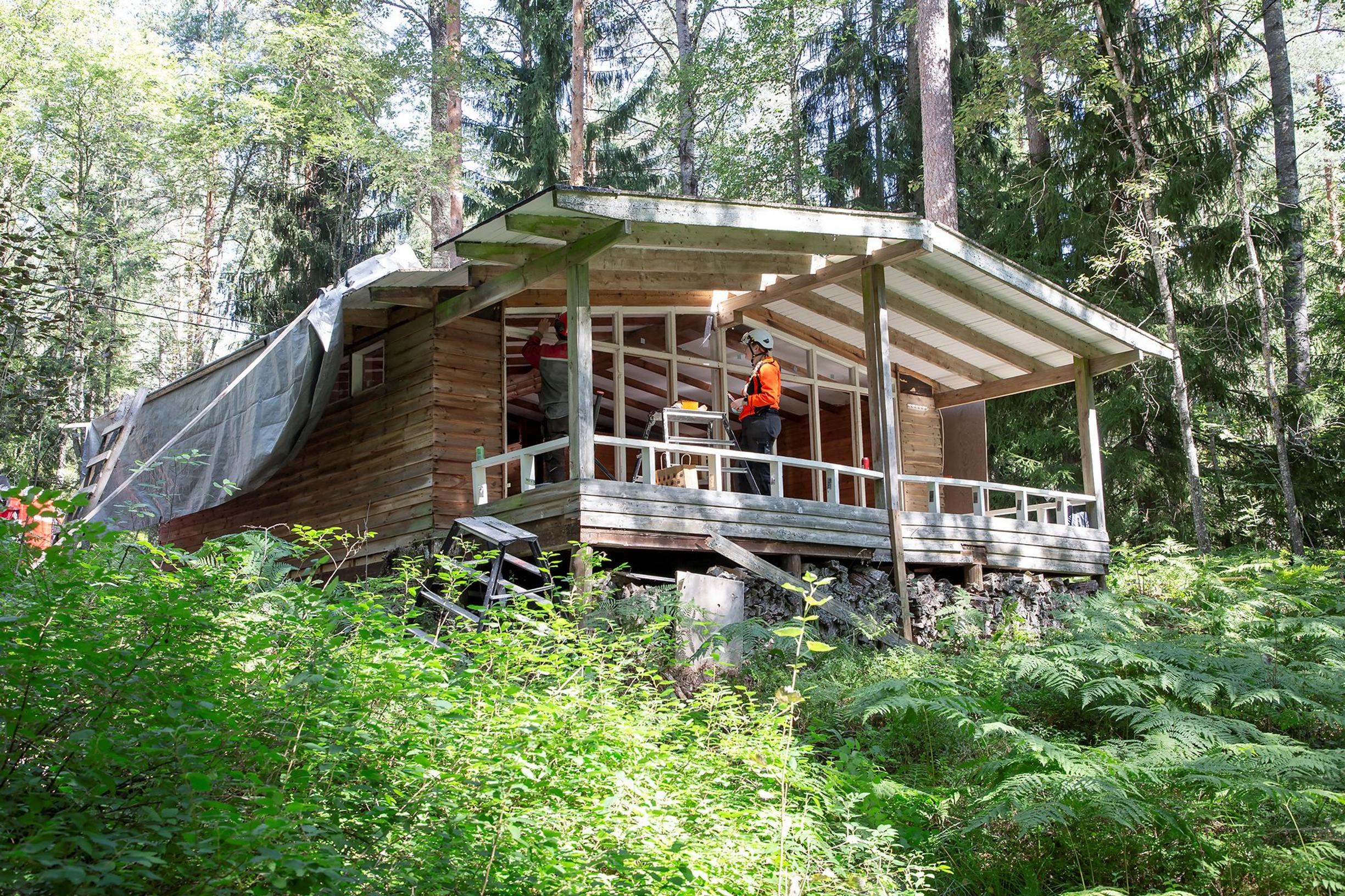
What condition was the cottage in before dismantling, curator Mikko Teräsranta of the Seurasaari Open-Air Museum?
The cottage was in good condition. It had been in regular use, so there were no pressing repair needs.
What were the critical phases of dismantling?
One especially challenging phase involved dismantling the delicate interior surfaces, such as the plank floor and ceiling. If they had been damaged, restoring them to their original state would have been almost impossible.
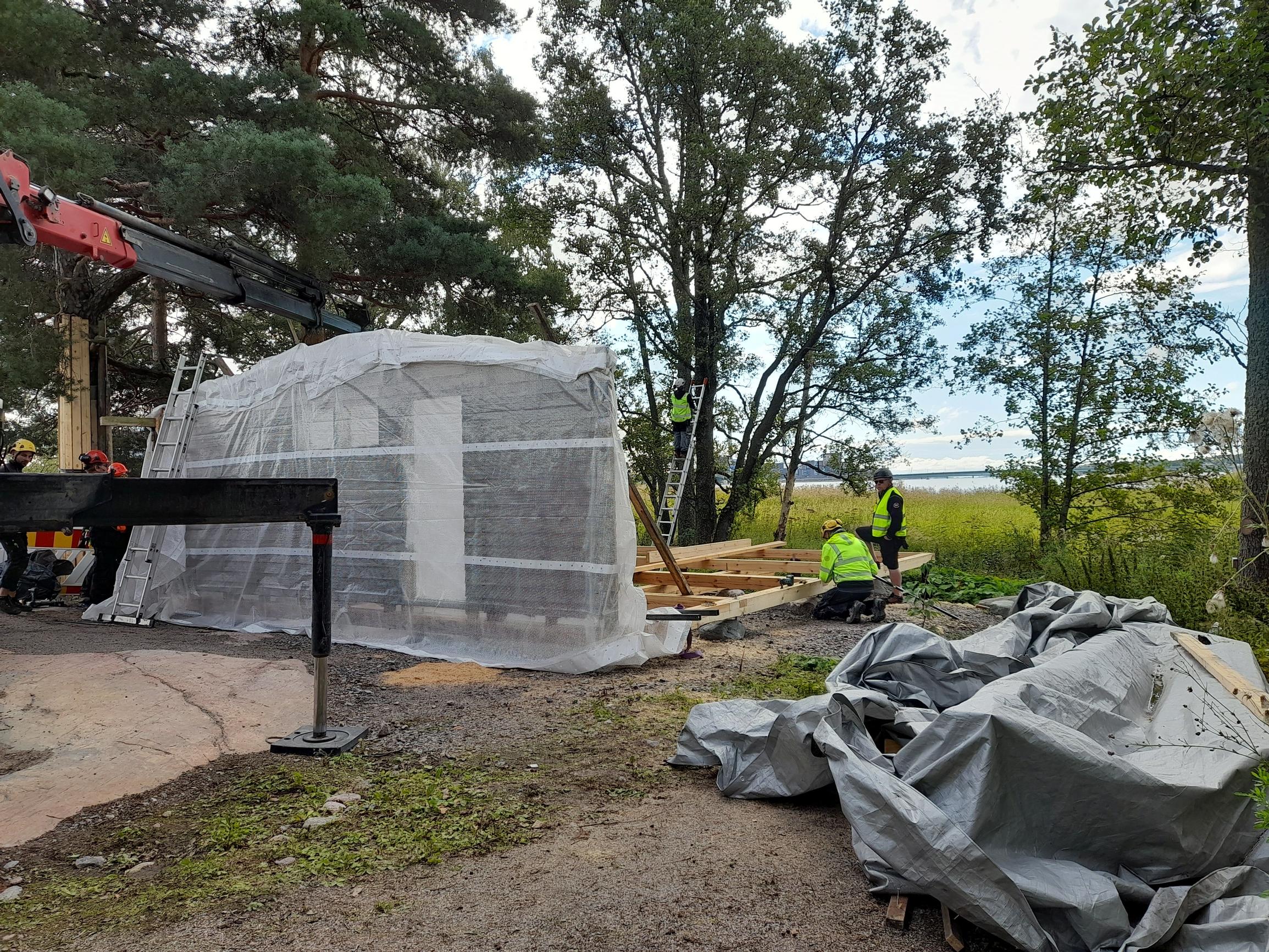
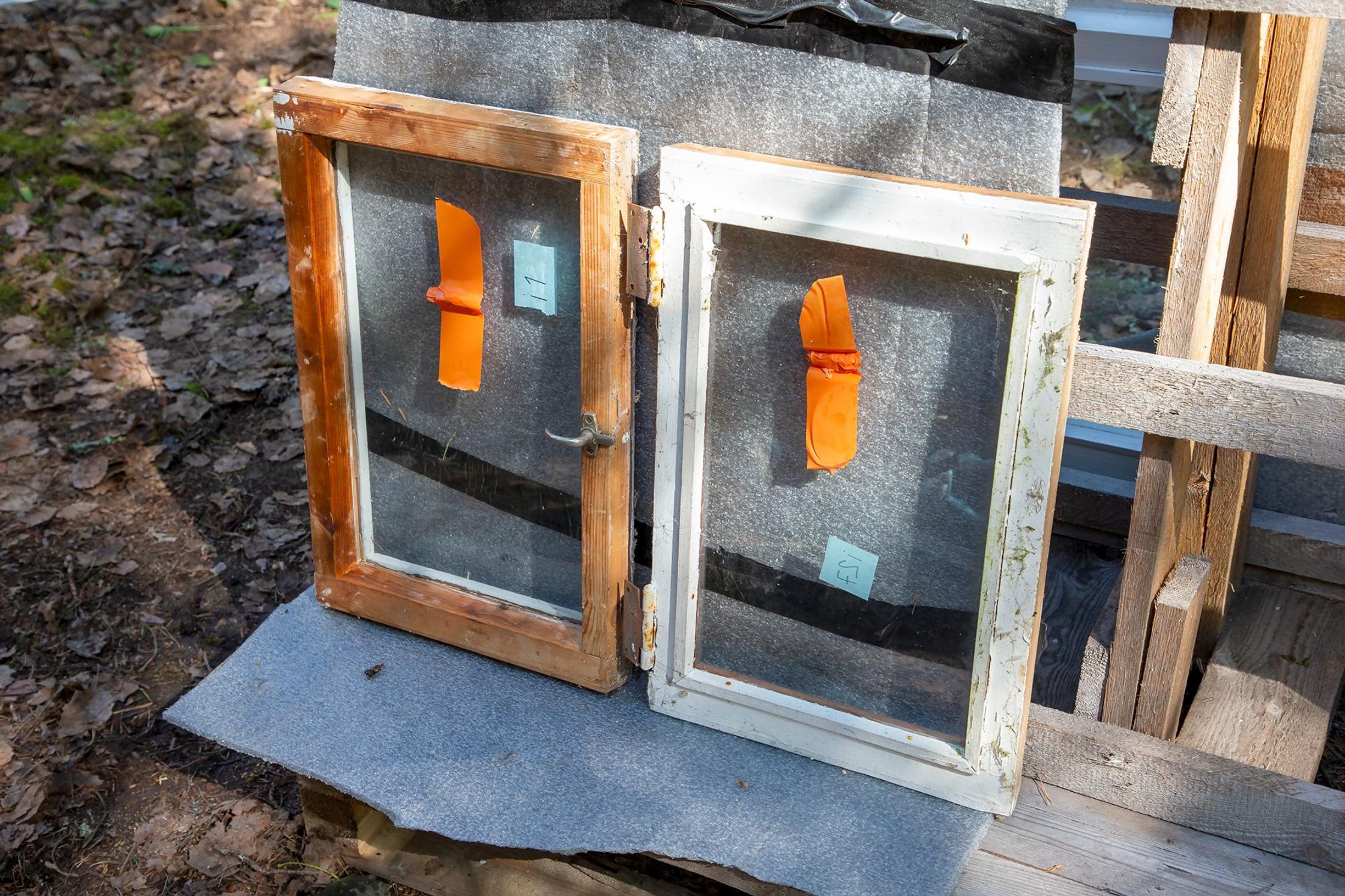
Moving the cottage in one piece wasn’t feasible, so it was taken apart for transport and reassembled at Seurasaari. The size of the sections was limited by tight conditions at the original site and by the Seurasaari bridge’s three gate structures, all of which had to be navigated during transport.
Careful documentation of the cottage’s initial state was crucial, as was labeling each part to note exactly where it belonged.
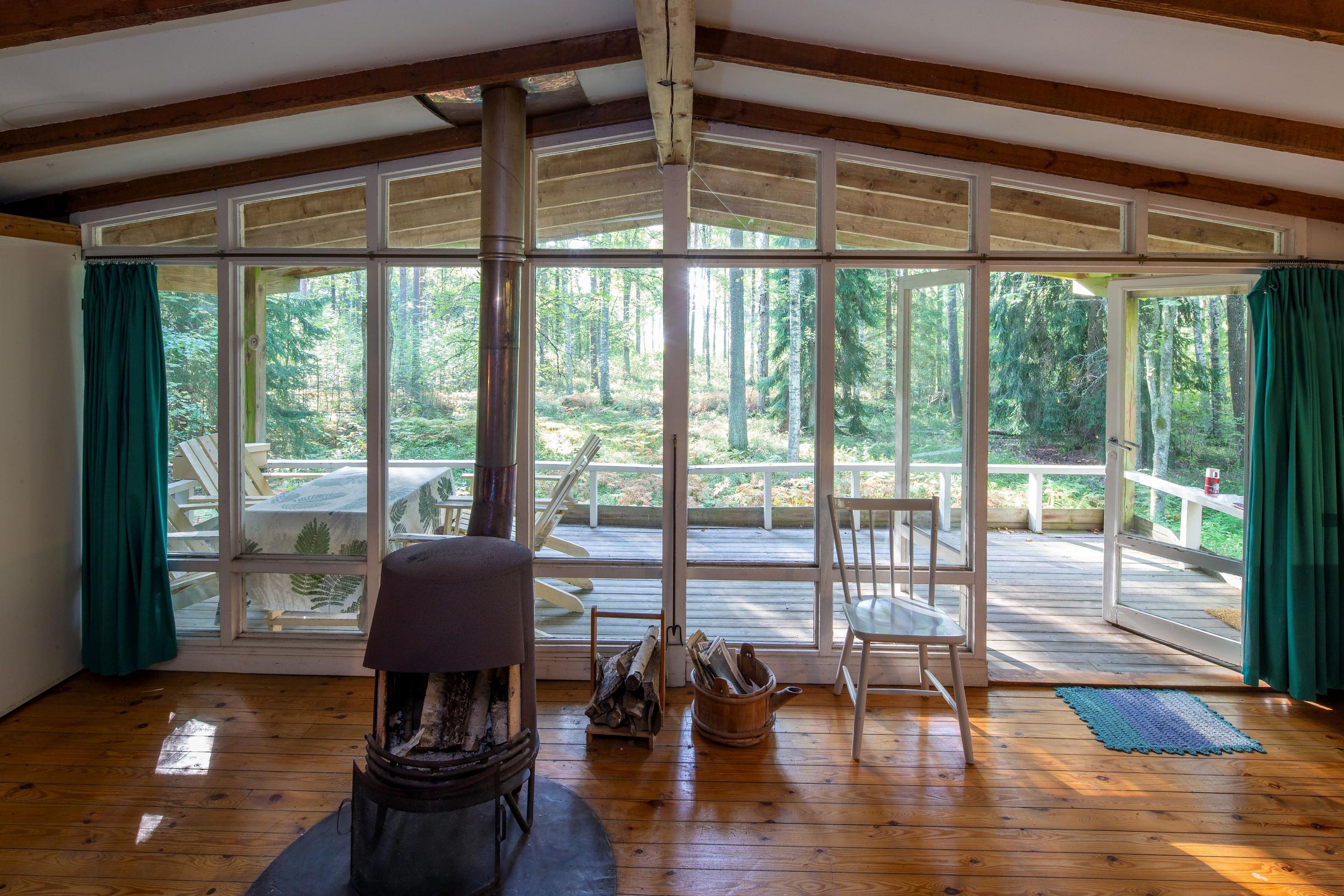
“A sense of place arises from various elements, including patina, wear, and scent.”
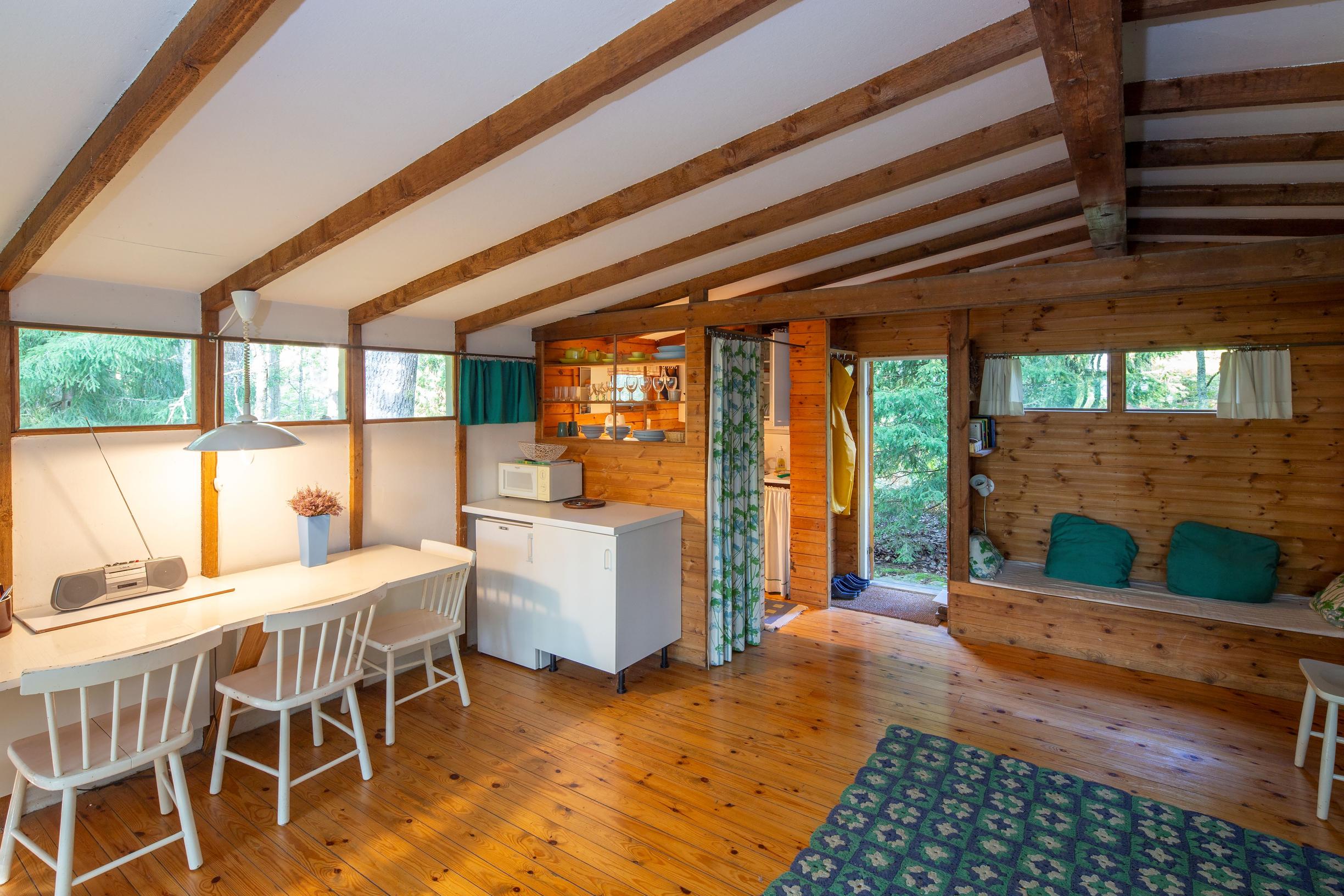
Why is it important to preserve as much of the original material as possible?
A sense of place arises from various elements, including patina, wear, and scent. Replacing any original element changes the atmosphere, and the space can start feeling like a new build.
What kinds of historical layers does the cottage have?
Much is just as it was when the cottage was built, but it now has electricity, giving it lights, a refrigerator, and a microwave. Near the kitchenette, there’s also a modern storage cabinet from the 2000s.
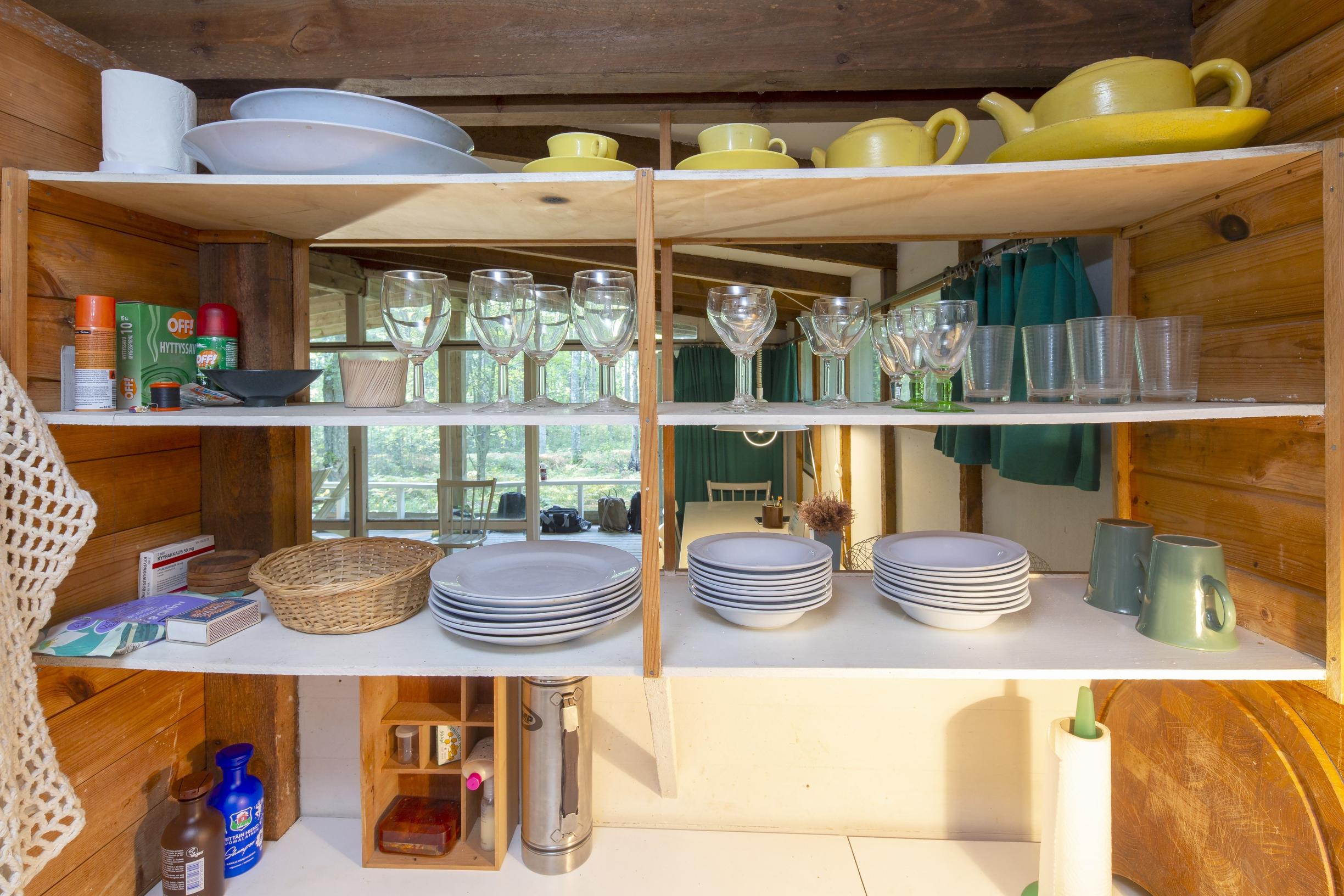
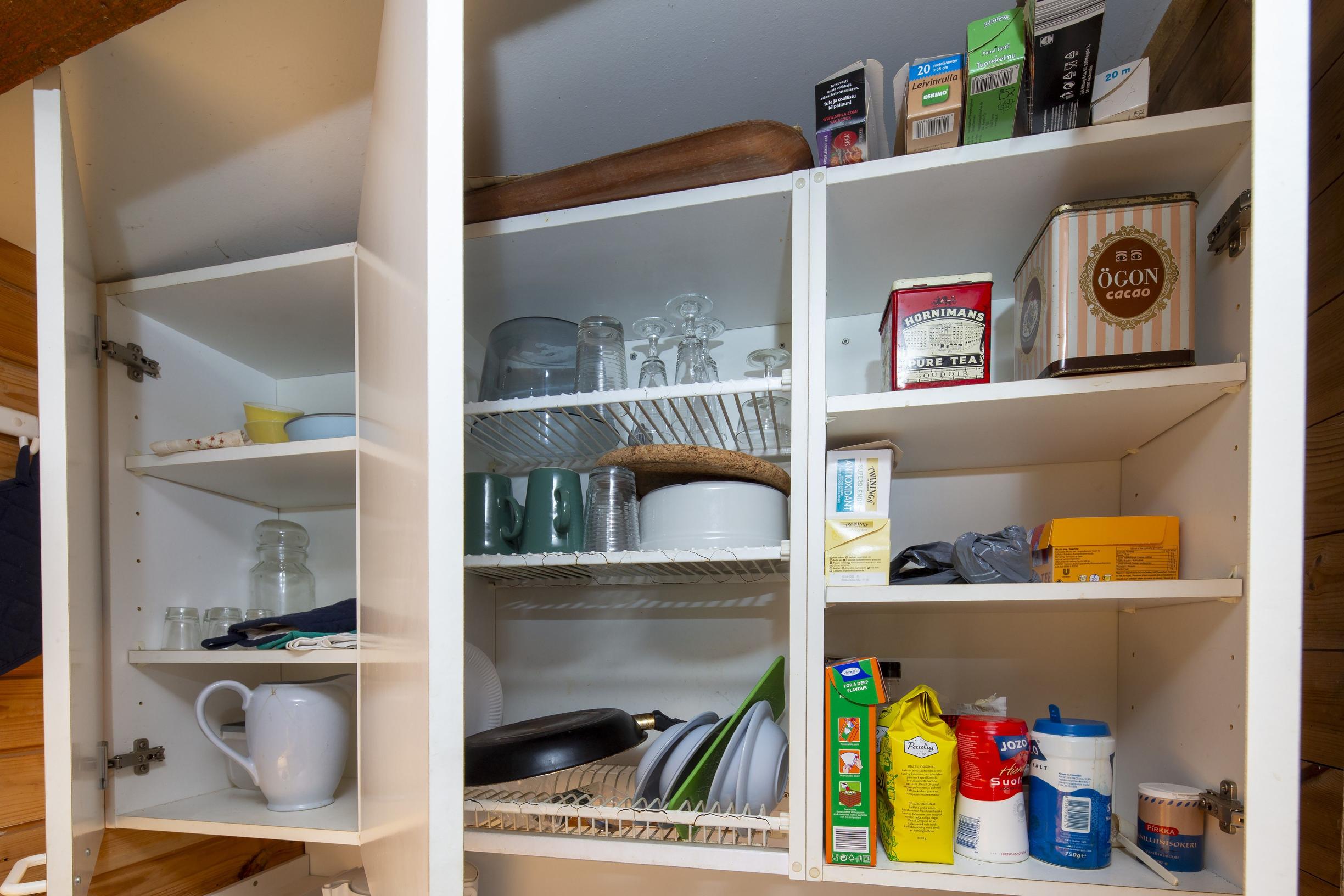
What kind of items did the cottage come with?
The original owners donated not just the cottage but also all its contents, gathered over many years. As a result, it features objects many of us recognize, like yellow raincoats, yellow ceramic dishes, and mosquito coils.
All items will be placed back in their original spots. Each has been numbered, inventoried, and photographed. The original owners were interviewed about certain key objects as well.
Which factors are crucial for creating the museum experience? How can we preserve the “summer cottage scent,” for example?
We won’t use any artificial fragrances, so we hope it will smell much like it did before the move. The creaking floor and outdoor sounds also shape the mood. A radio is among the items, so we can add broadcasts to the ambiance. Hearing the marine weather forecast, for instance, sounds like a fun idea.
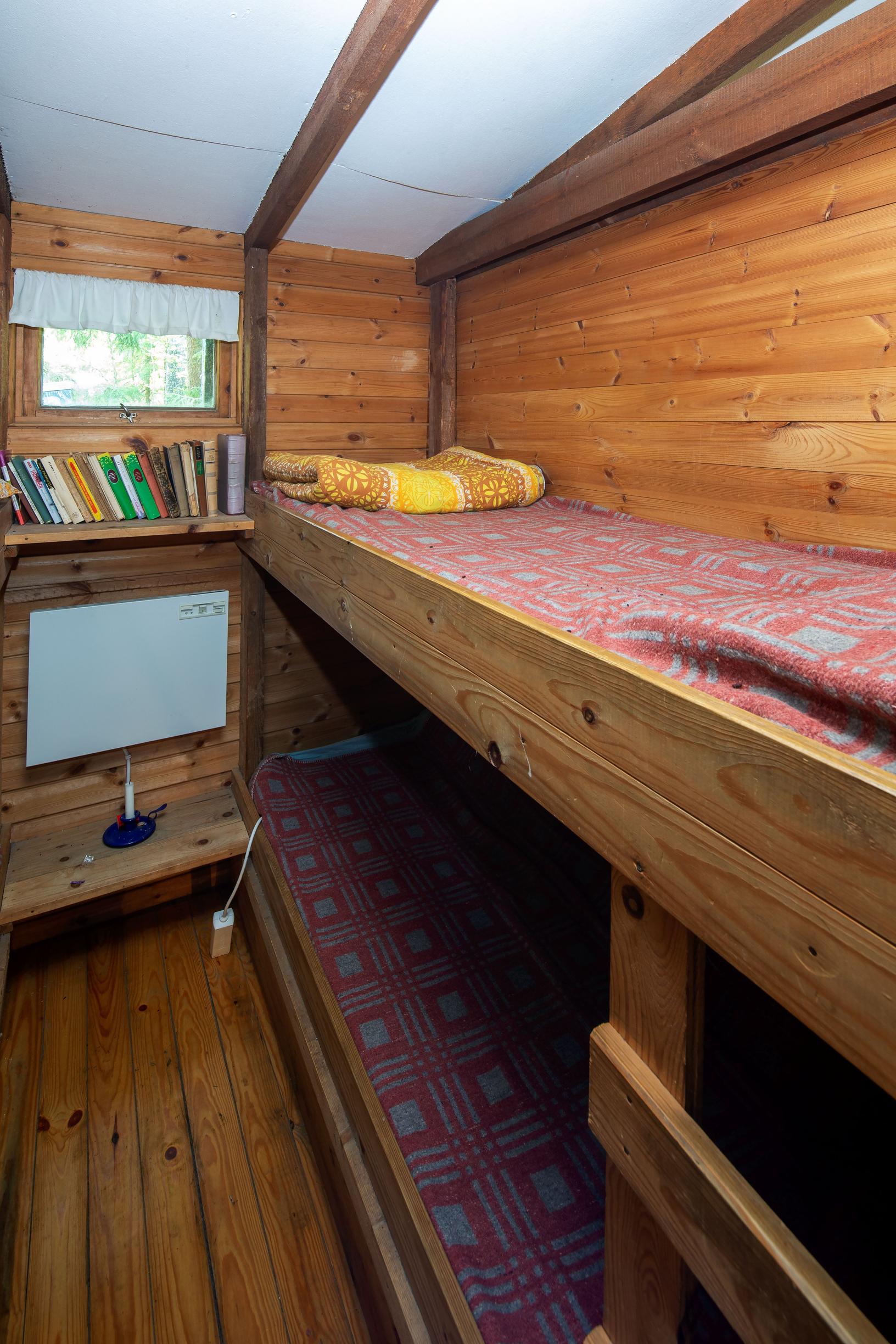
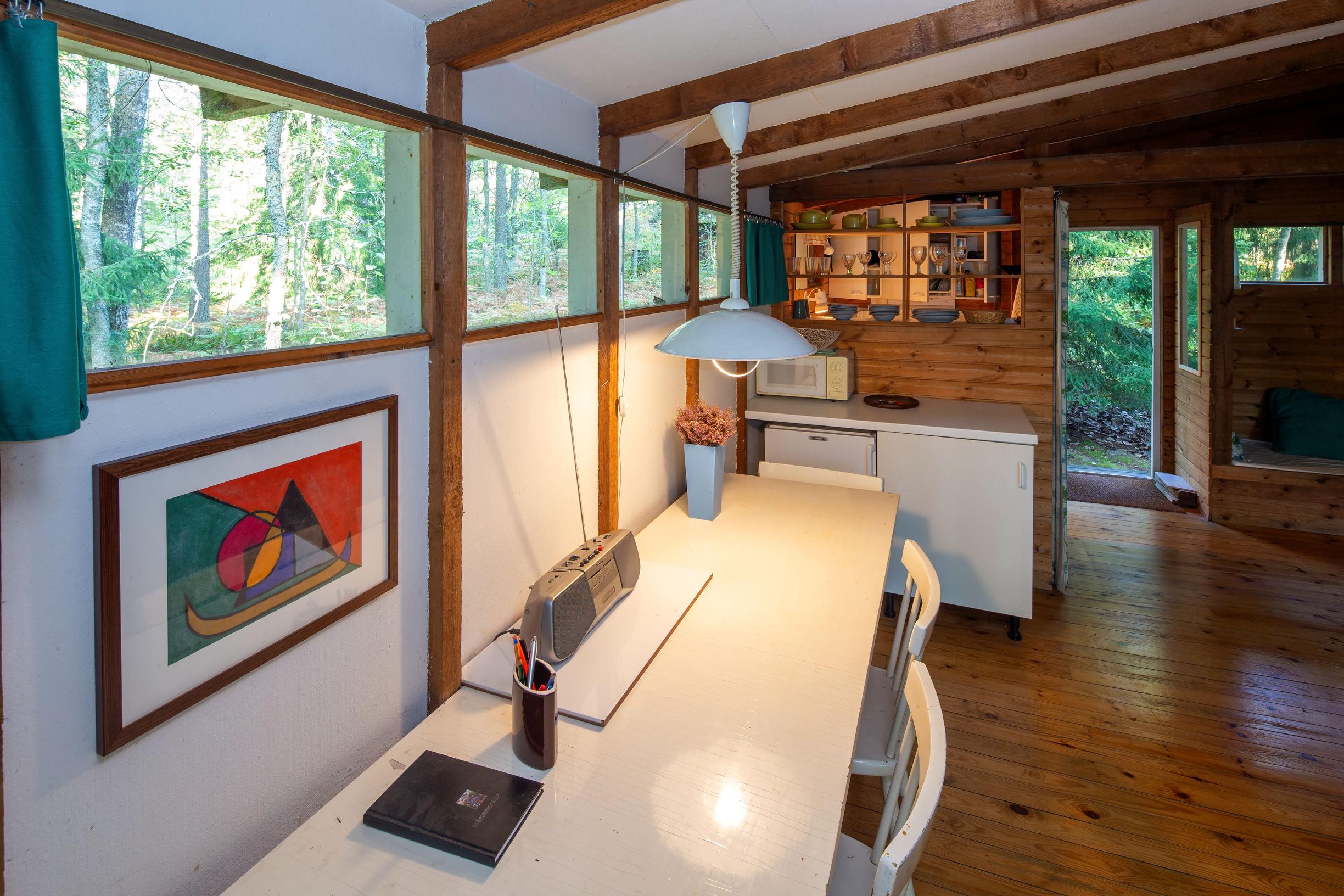
Will the immediate surroundings get typical cottage-life elements, like a dartboard or a small grill?
We definitely want to recreate some of the cottage vibe in the museum yard too, perhaps with a dartboard. The cottage lot is separate from the neighboring Niemelä Croft, and we don’t want the two atmospheres to blend. We’ll be working out these details over the winter.


